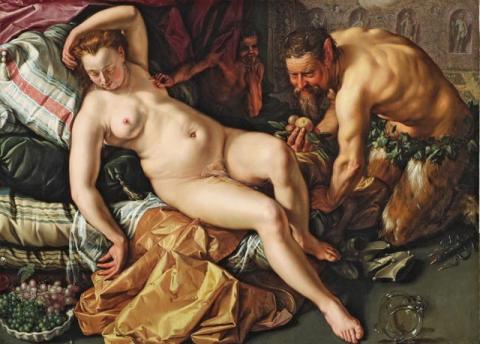Recommendation
In a letter dated 4 July 2007, the Minister for Education, Culture and Science (hereafter referred to as ‘the Minister’) requested the Restitutions Committee to issue a recommendation regarding the application for the restitution of Jupiter, disguised as a satyr, approaches the sleeping Antiope by H. Goltzius, Mountain landscape by A. von Stadler and Landscape by A. von Stadler. Since their return to the Netherlands after the Second World War, these works of art have been part of the Netherlands Art Property Collection (hereafter referred to as ‘the NK Collection’) under inventory numbers NK 2425, NK 3277 and NK 3278. NK 2425 is at present on loan to the Frans Halsmuseum in Haarlem, while NK 3277 and NK 3278 are currently housed in the depot of the Netherlands Institute for Cultural Heritage.
